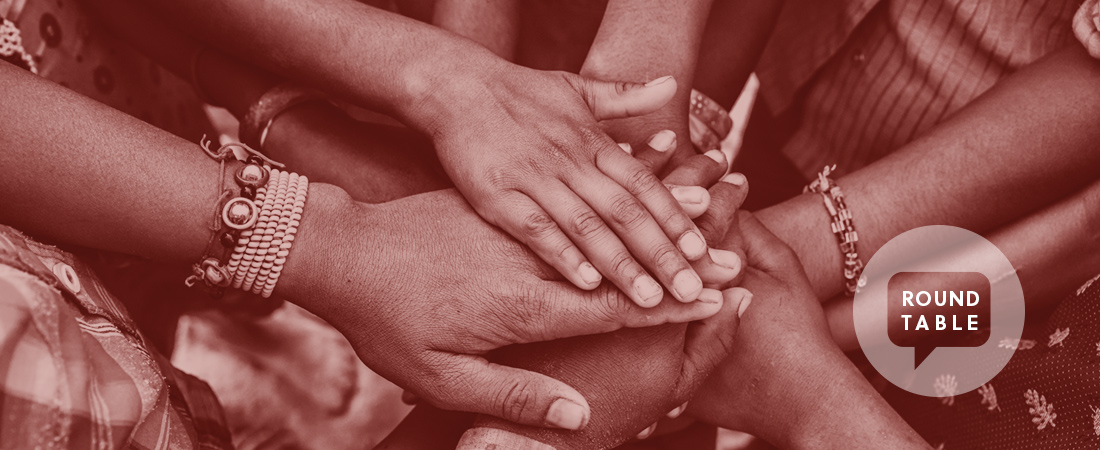How Can Life Be Made Better for People Living with HIV/AIDS?

While life expectancy for the estimated 36.7 million people around the world living with HIV is now longer than ever before, these individuals still face significant obstacles. Lack of access to health and treatment services, complicated medication regimens, and social stigma are all too common for far too many.
In the United States and Africa, EDC is working with health providers, educators, and departments of health to improve treatment and care for people living with HIV. Four EDC experts offer ideas for improving services—and outcomes—for this population.
Living full lives
Ronnie Lovich
Stigma is a barrier to both prevention and treatment. It has a real impact on people living with HIV—many of whom blame themselves for their diagnosis. We must reinforce messages that people with HIV can live healthy, fulfilling lives, like anyone else. They have the same needs for love, belonging, relationships, and purpose that all of us have. And while they are living with a virus that can become life threatening, it does not mean that they cannot have these needs fulfilled.
We must do all we can to ensure access to services and expand the networks of support available to those living with HIV. In particular, young people living with HIV need assistance transitioning to self-care, which requires them to understand life with HIV, positive living, and the importance of treatment to both maintain their own health and protect the health of others. Service providers must do more to help young people understand that remaining on treatment is a pathway to the life they want to live.
Recognizing all stories
Deborah McLean Leow
The current, popular narrative about HIV focuses on a single story—that of young gay men taking antiretroviral medications, virally suppressed and living healthy with HIV. While this is an important story to celebrate, this reliance on a “single story” has resulted in the minimization of other important narratives about life with HIV.
We have to start telling more stories. What is it like to be a woman or young girl living with HIV? How are older adults and long-term survivors coping with the complications of a chronic condition? What are the long-term physical and mental health issues that accompany decades of ART therapy? How can a person’s spiritual beliefs and practices facilitate—or impede—care and treatment? Personal spiritual beliefs are a key factor in how we approach health and healing. Failure to acknowledge, identify, and leverage those beliefs can stand in the way of progress.
Improving services for young people
Pauline Sisa
We have to improve our efforts to address the needs of adolescents living with HIV. In Kenya, where I work, many adolescents are struggling with adherence and viral suppression. This has negative consequences for public health. If adolescents don’t understand why positive living is important, or if they are bullied or stigmatized because of their HIV status, then they can easily drop out of treatment, thus jeopardizing their health. They just want to feel and live like normal kids their age.
There are actions we can take to improve care for adolescents. We should design interventions that help us retain adolescents in care and also ensure that clinics are adolescent friendly and staffed with people who understand their needs. Finally, we need drug combinations that are easier for adolescents to take. We owe it to young people to create systems of care that simply serve them better.
Bringing people into care
Erin Smith
As researchers, educators, and care providers, we must do a better job of understanding the lived experiences of our clients and patients, meeting people where they are, and addressing not just the individual challenges but the larger social and environmental context in which those challenges occur. Without that approach, we risk alienating and underserving those who need care and treatment the most.
Practically speaking, we must defend equal access to preventative and acute health care as a right, not a privilege. We need to create inclusive settings for mental and physical health care within the communities who need it the most—and we need to staff these settings with trained, culturally competent professionals. This will allow us to reach out to the communities that experience the highest burden of HIV/AIDS and to better understand the factors that play a role in furthering the epidemic.
And perhaps most importantly, we have to continue to align our efforts with nationwide prevention strategies that seek to keep us all working toward a shared vision of an AIDS-free generation.




